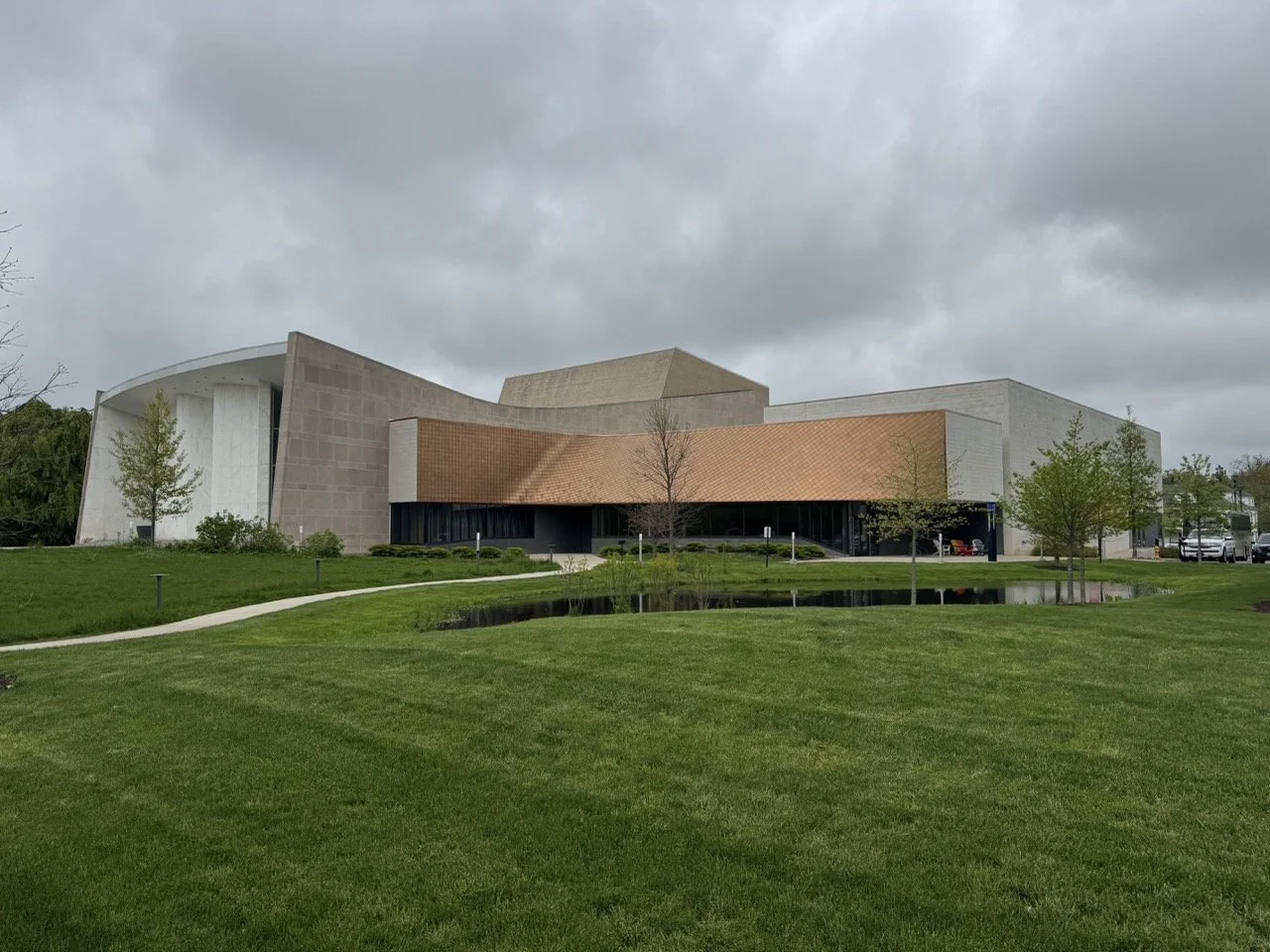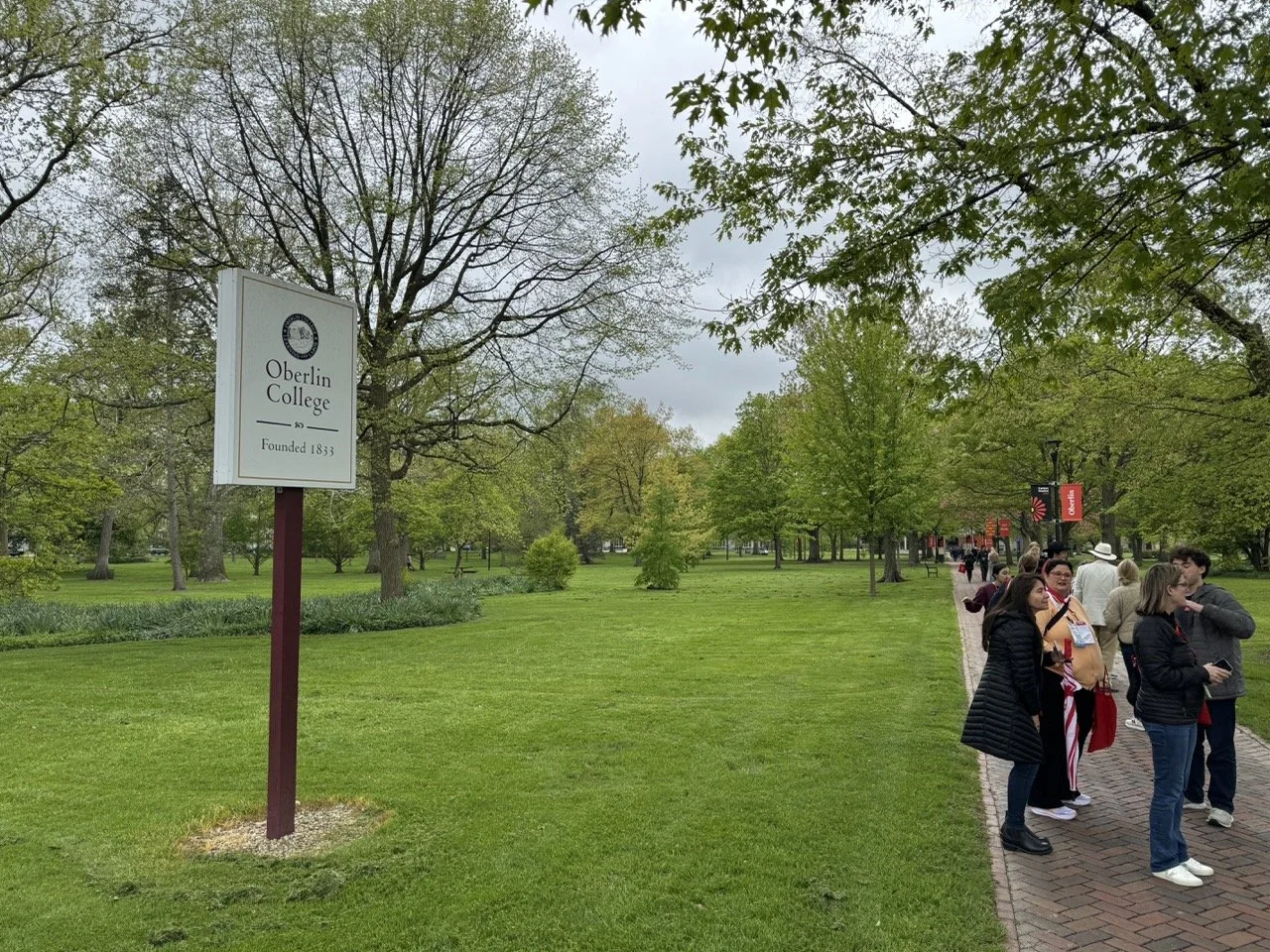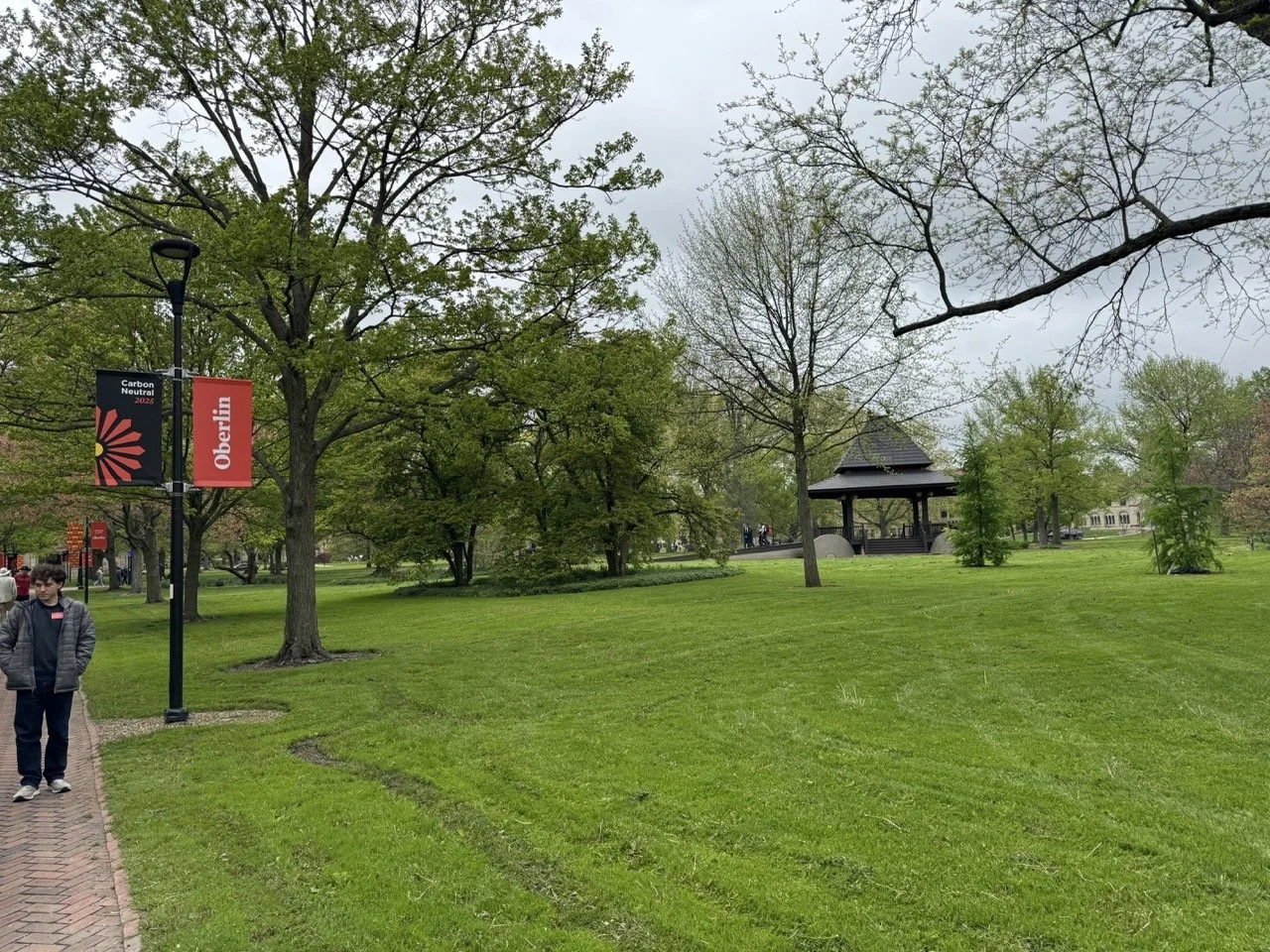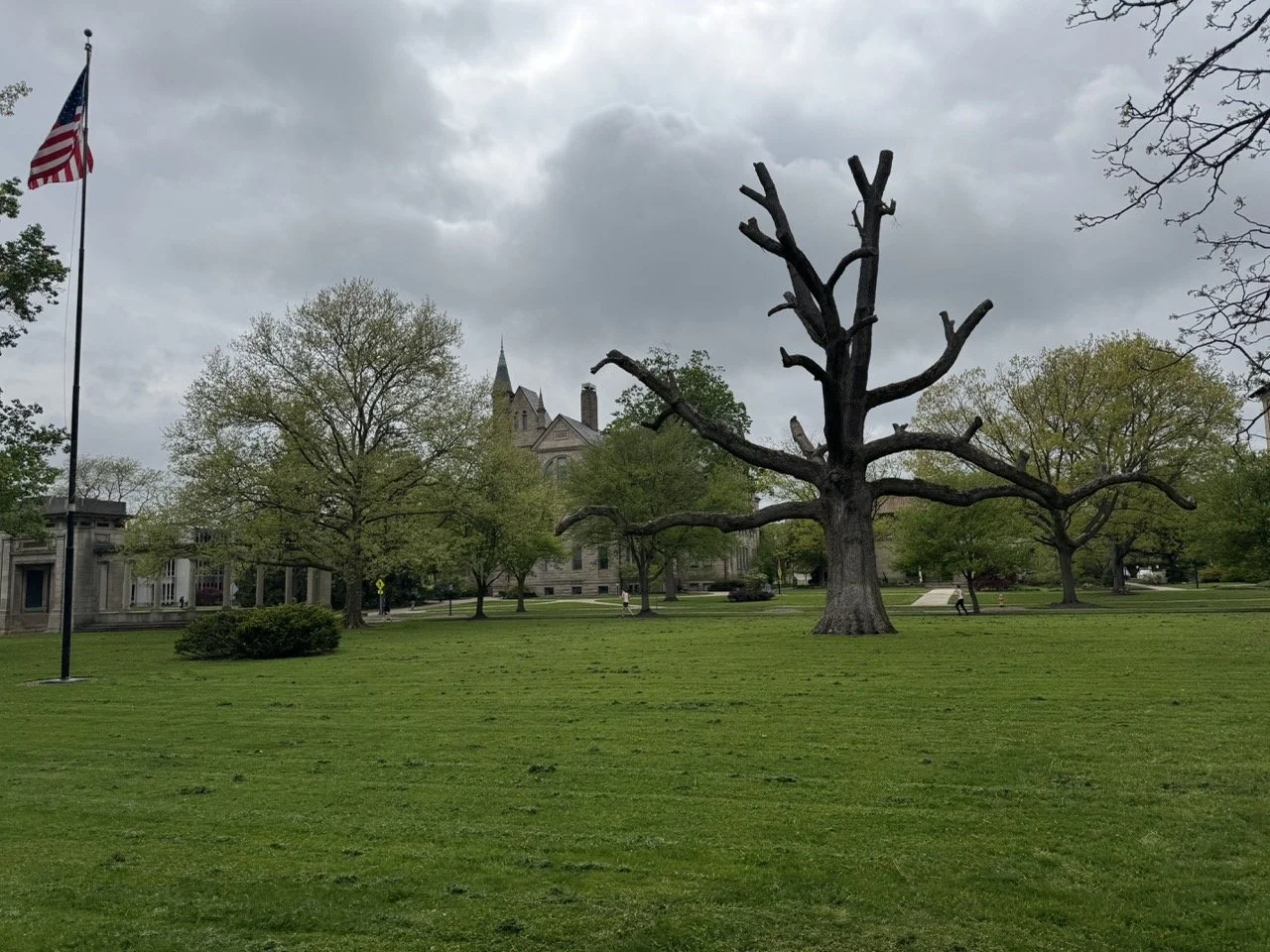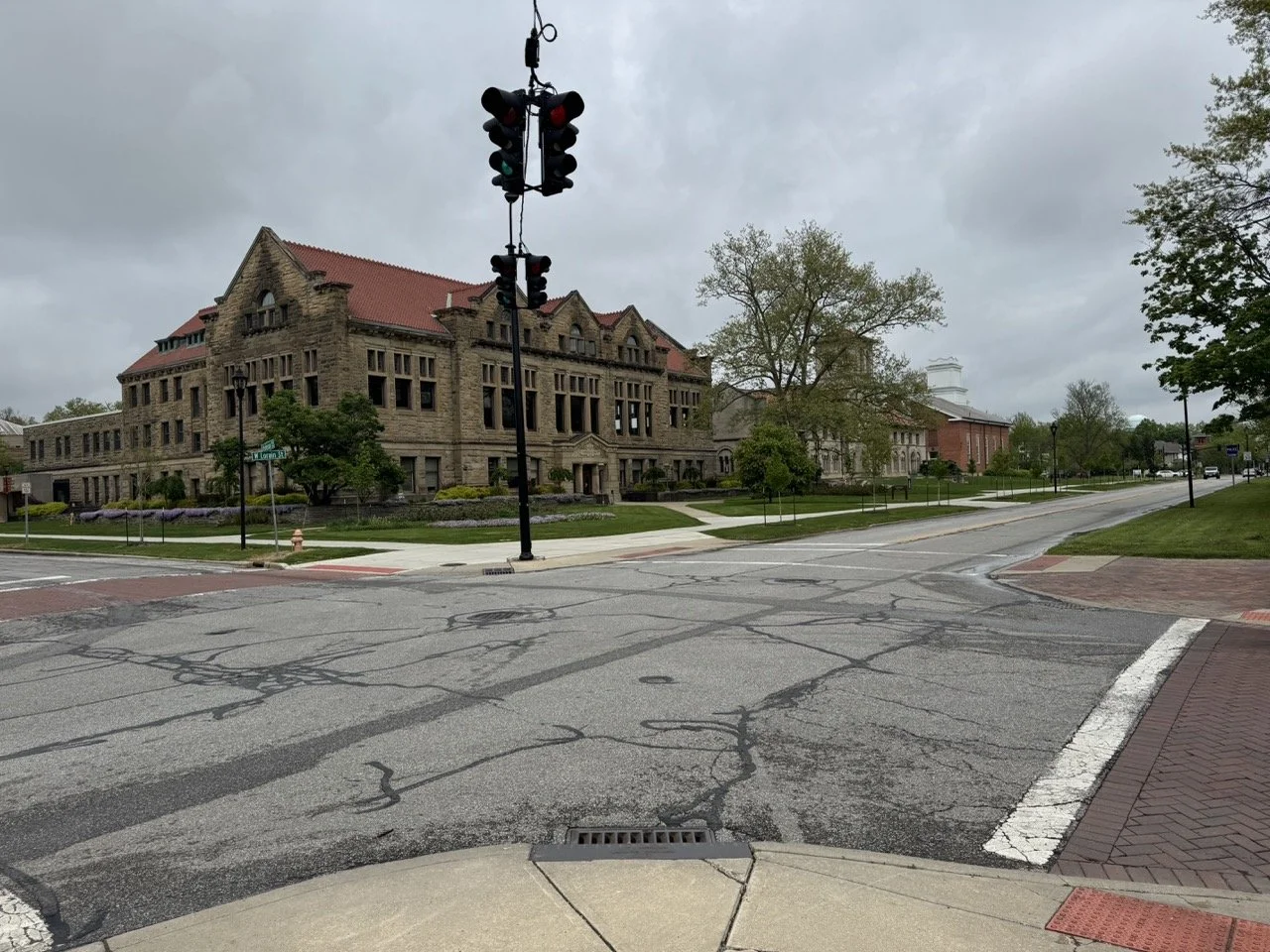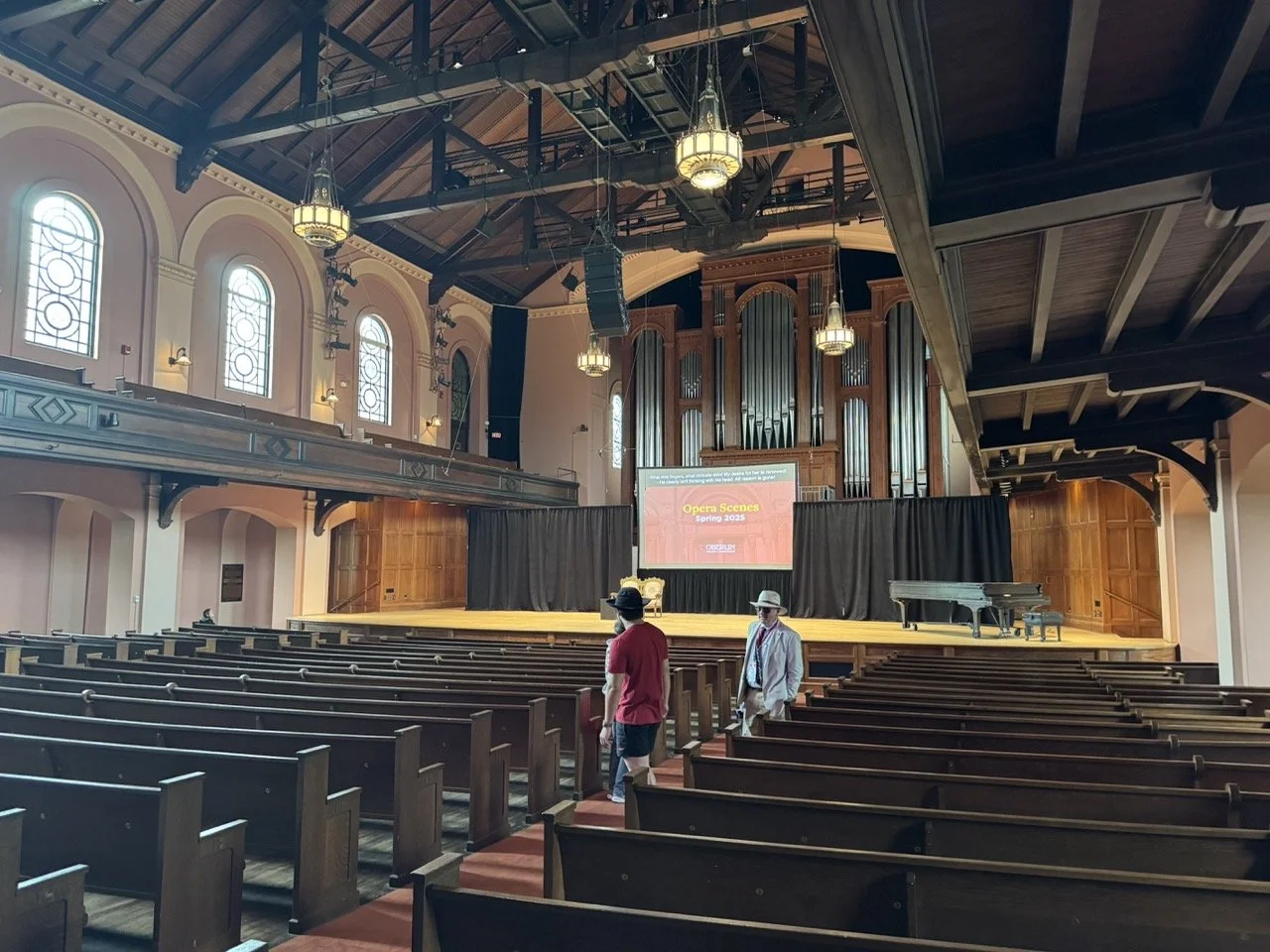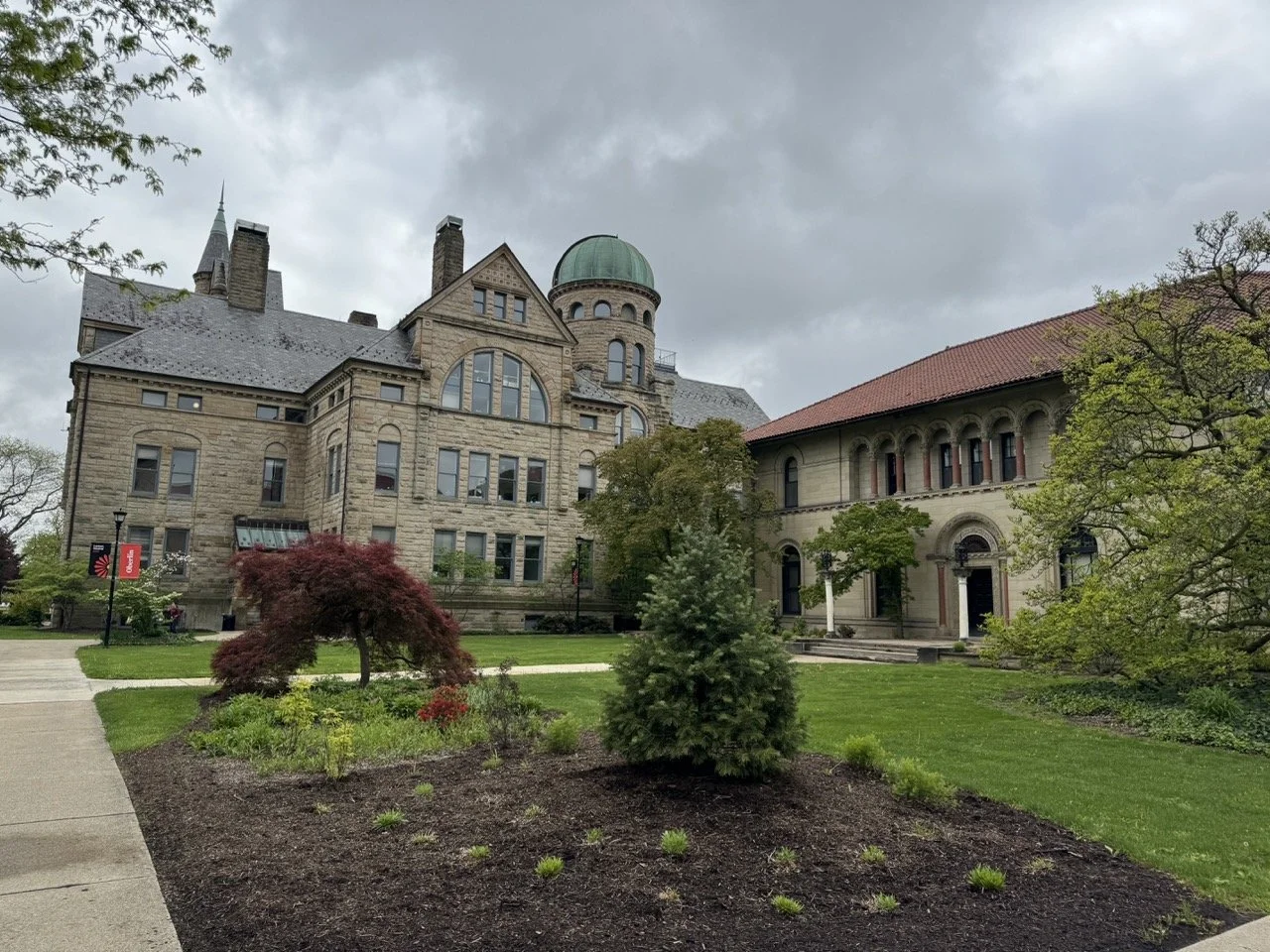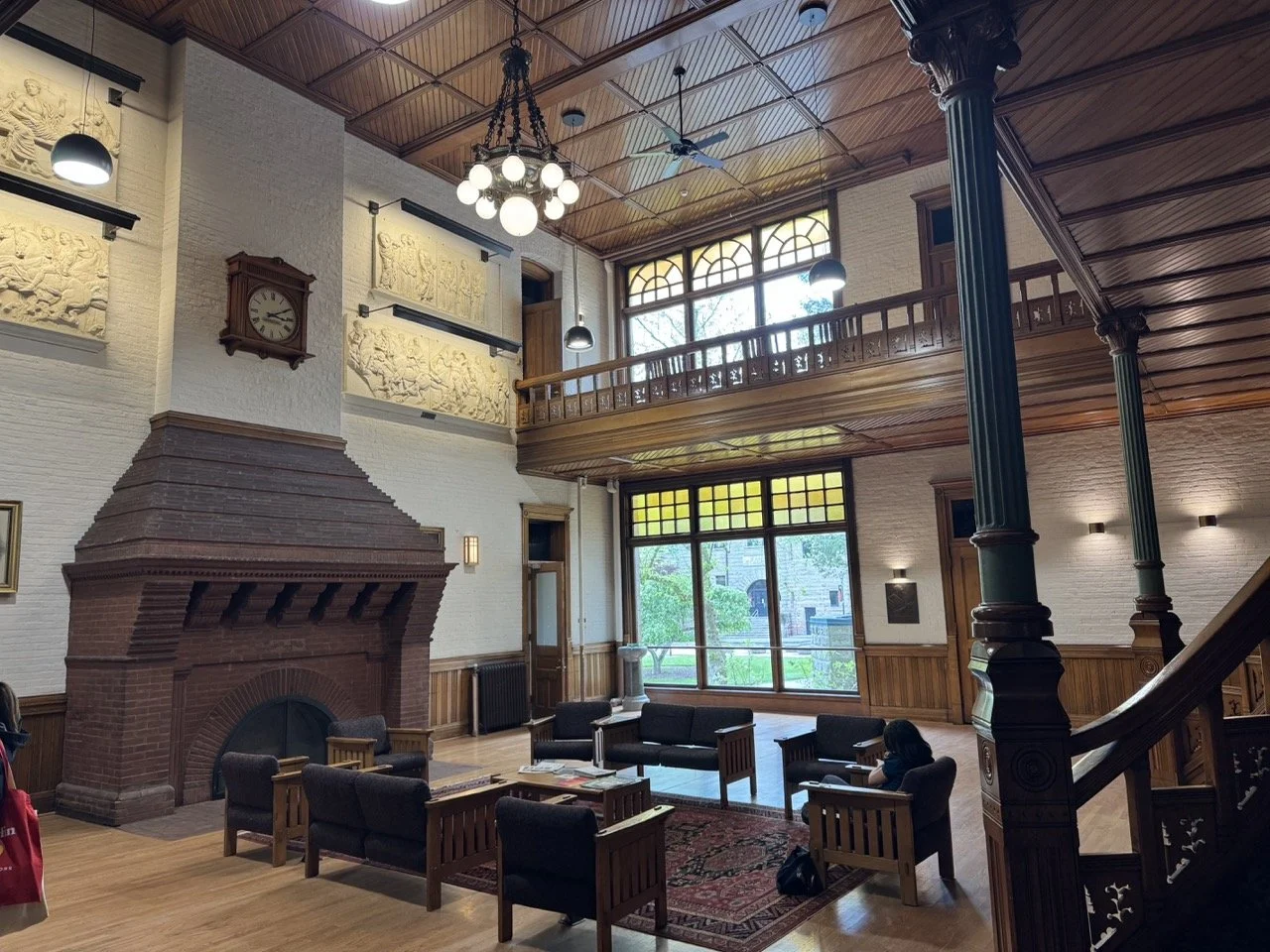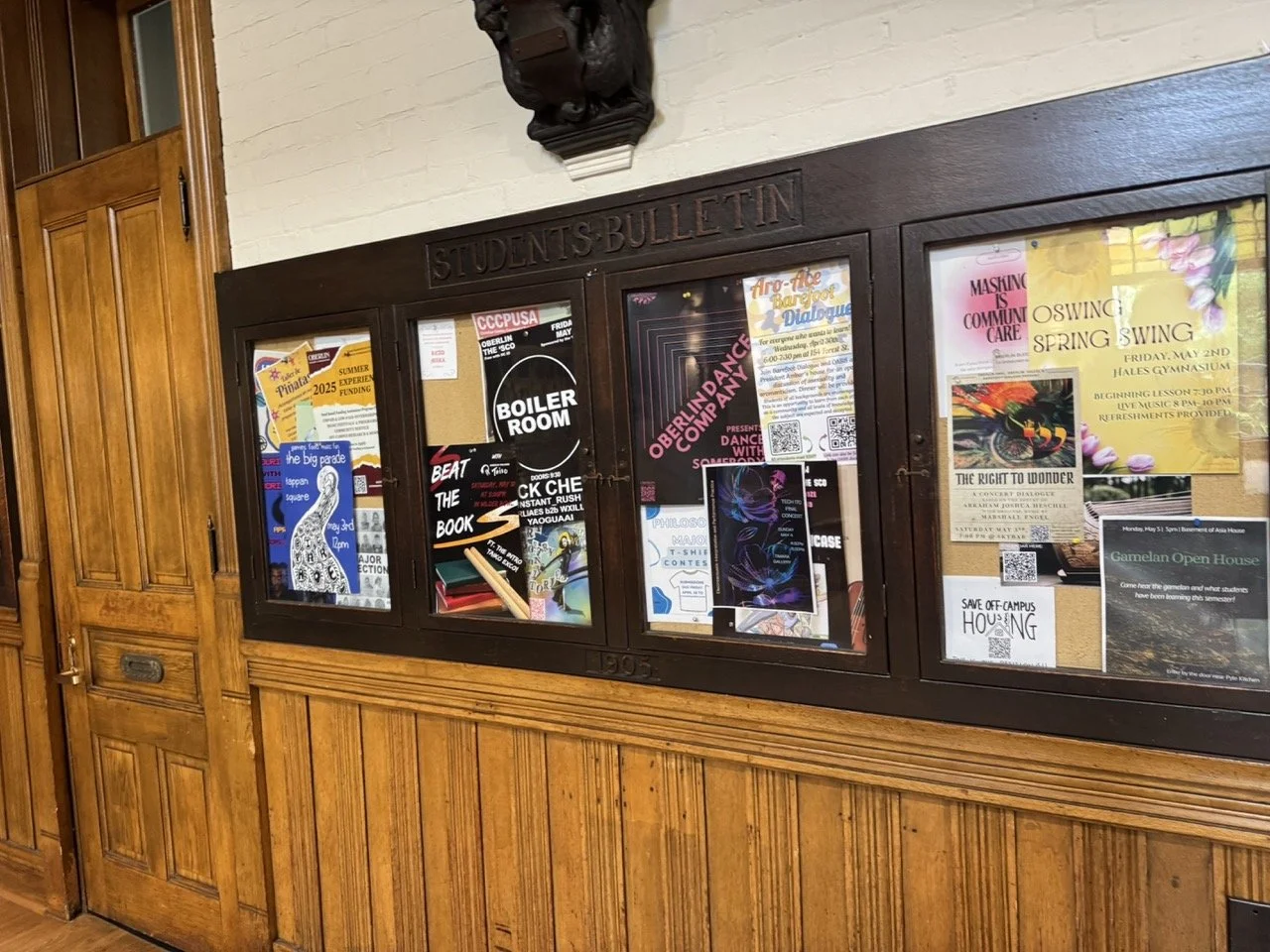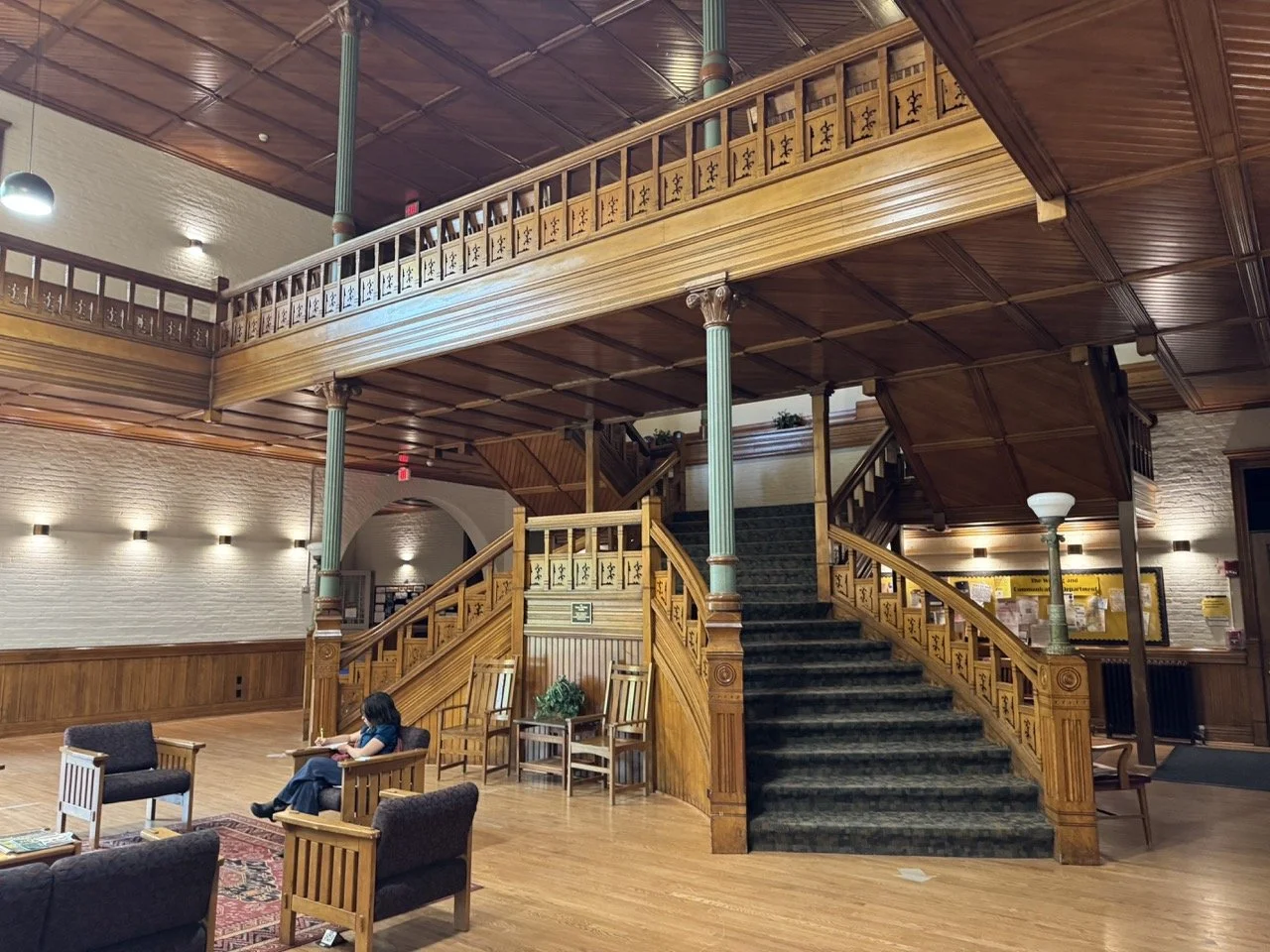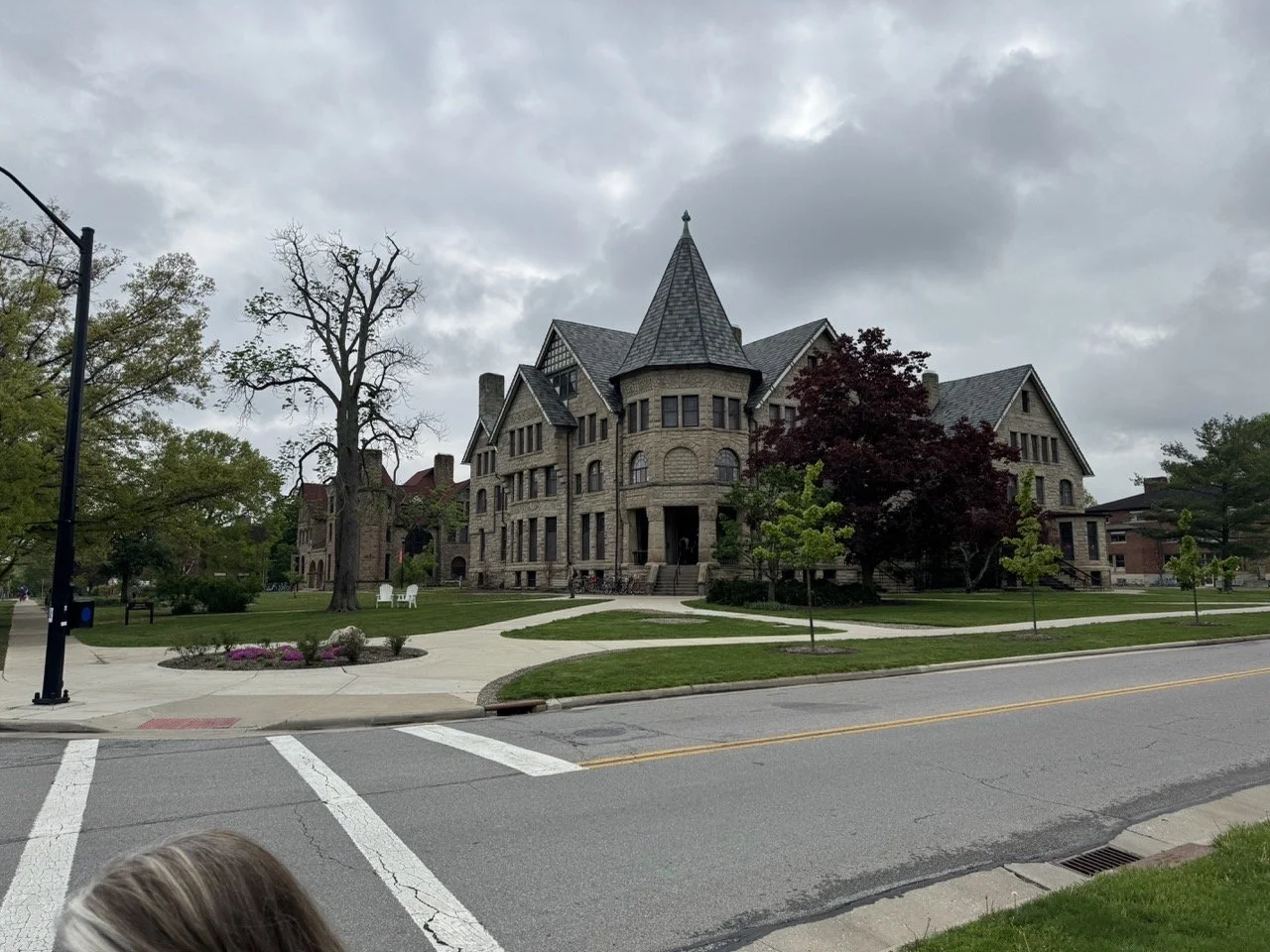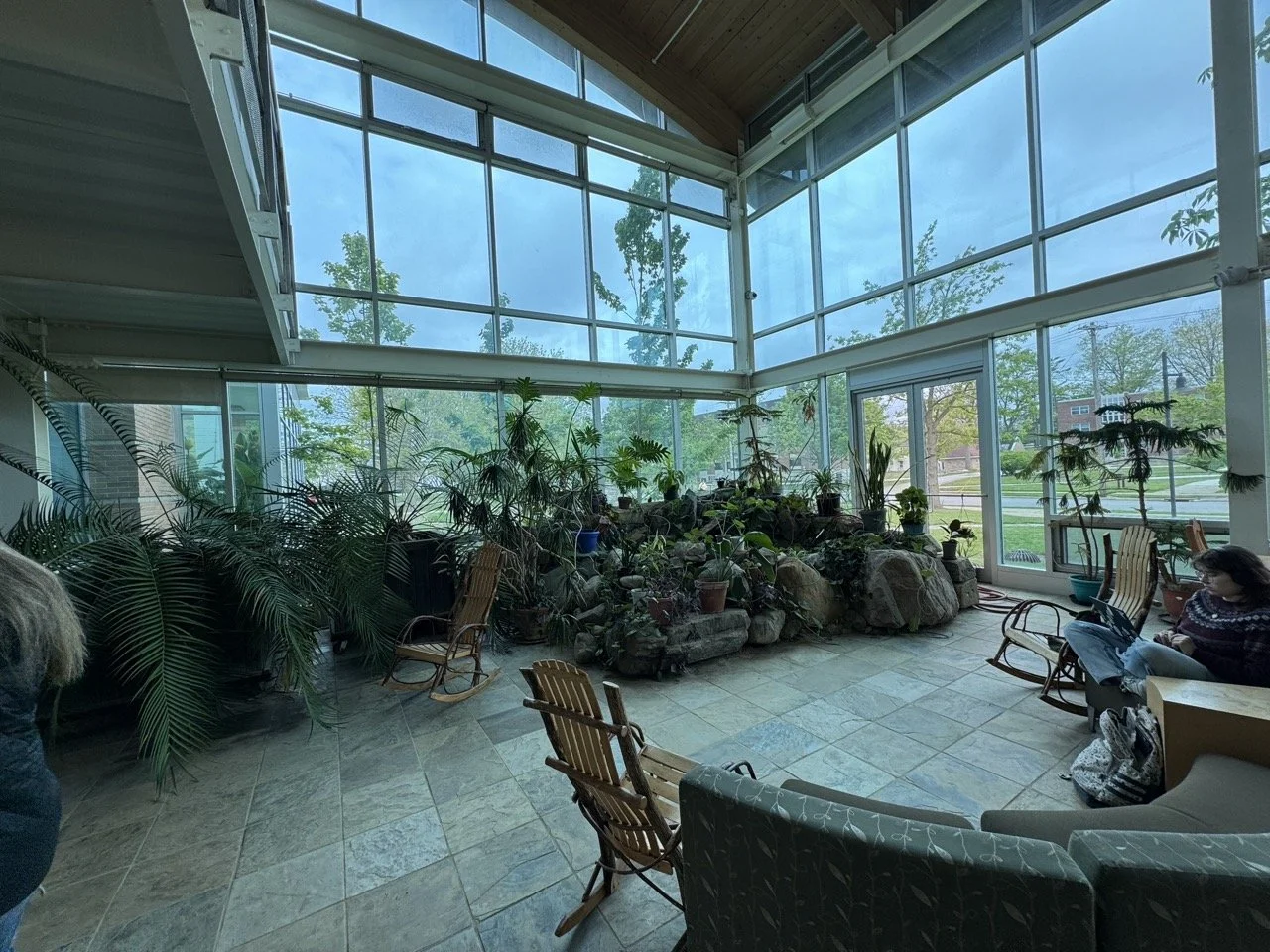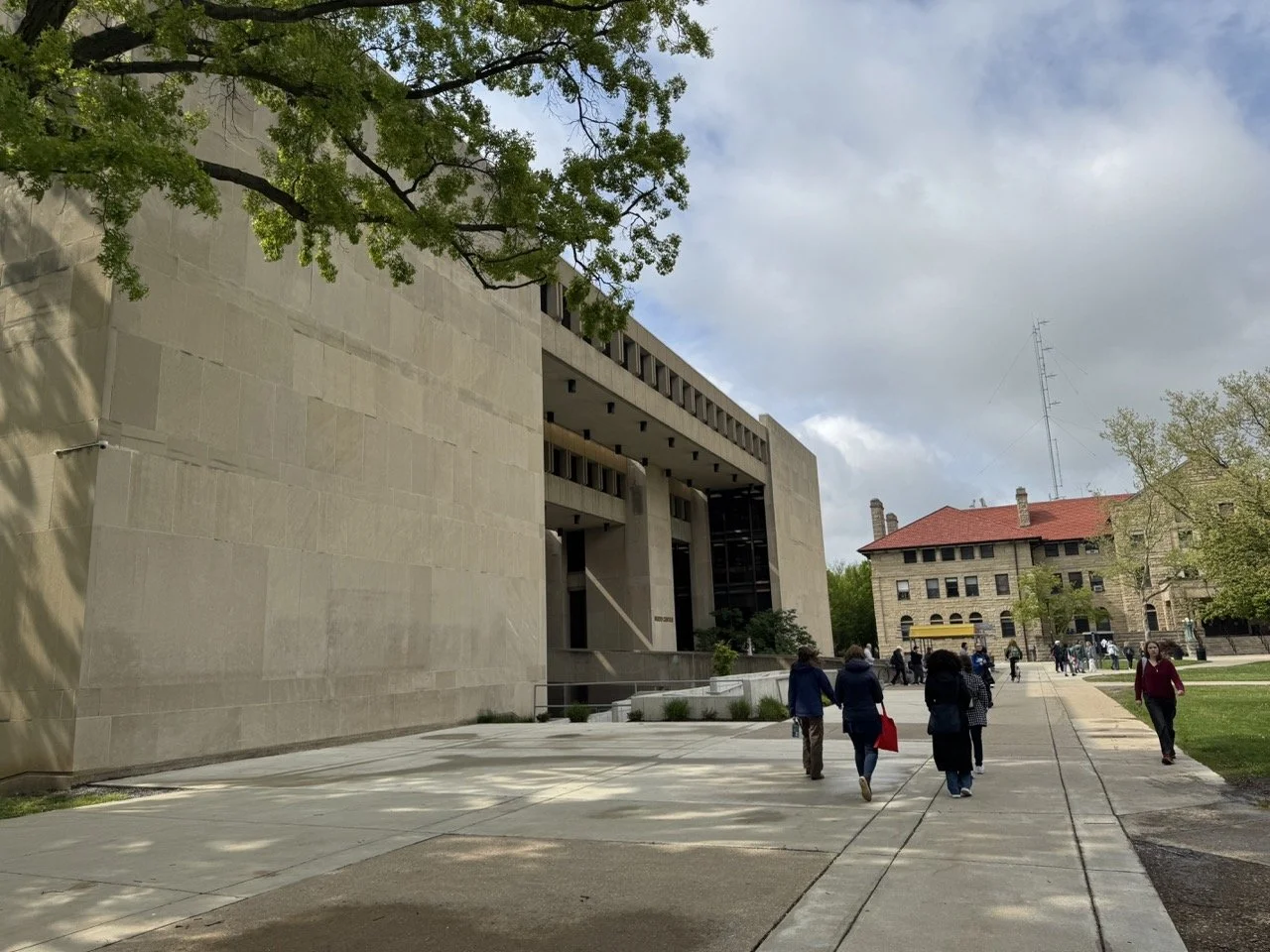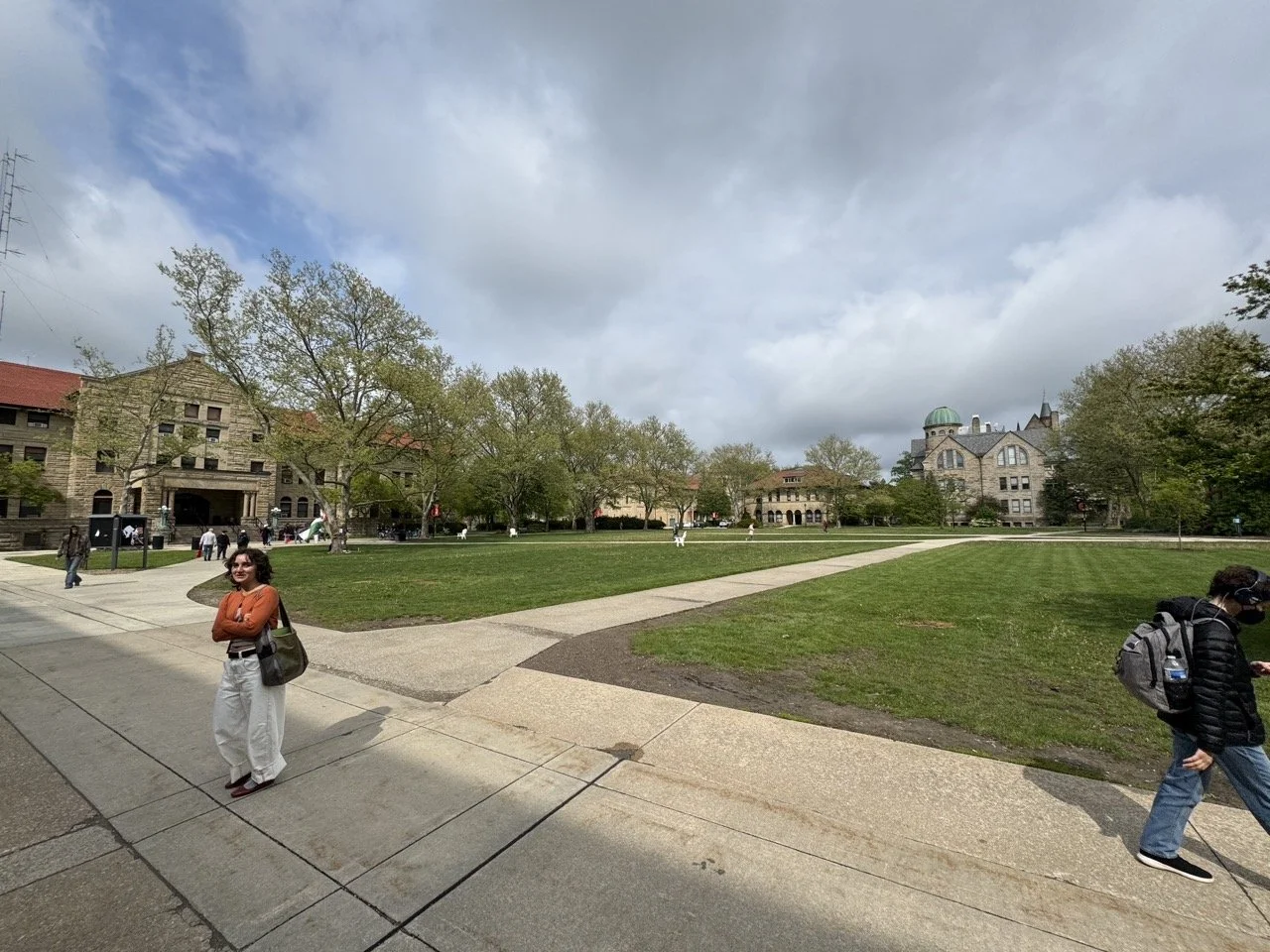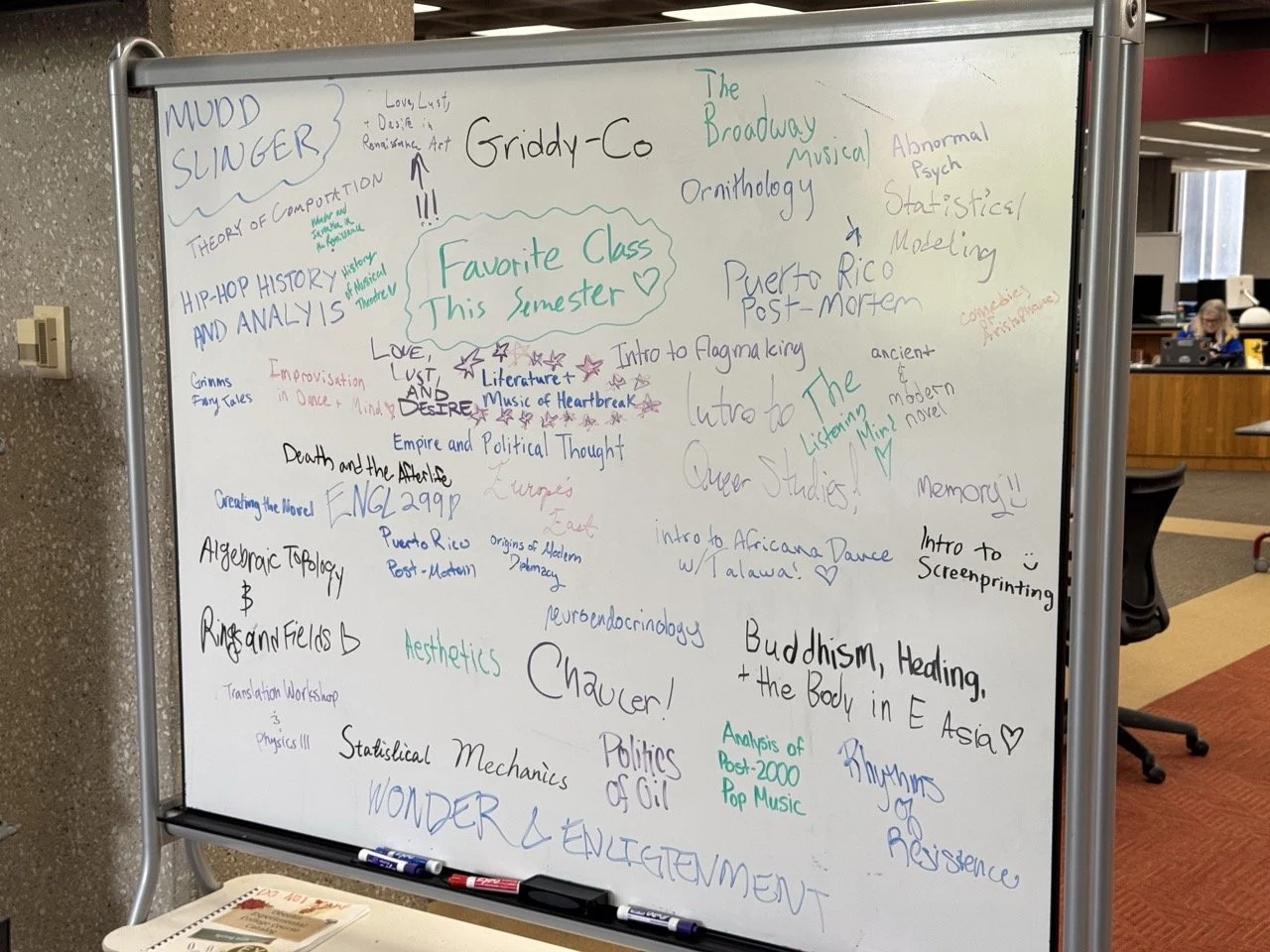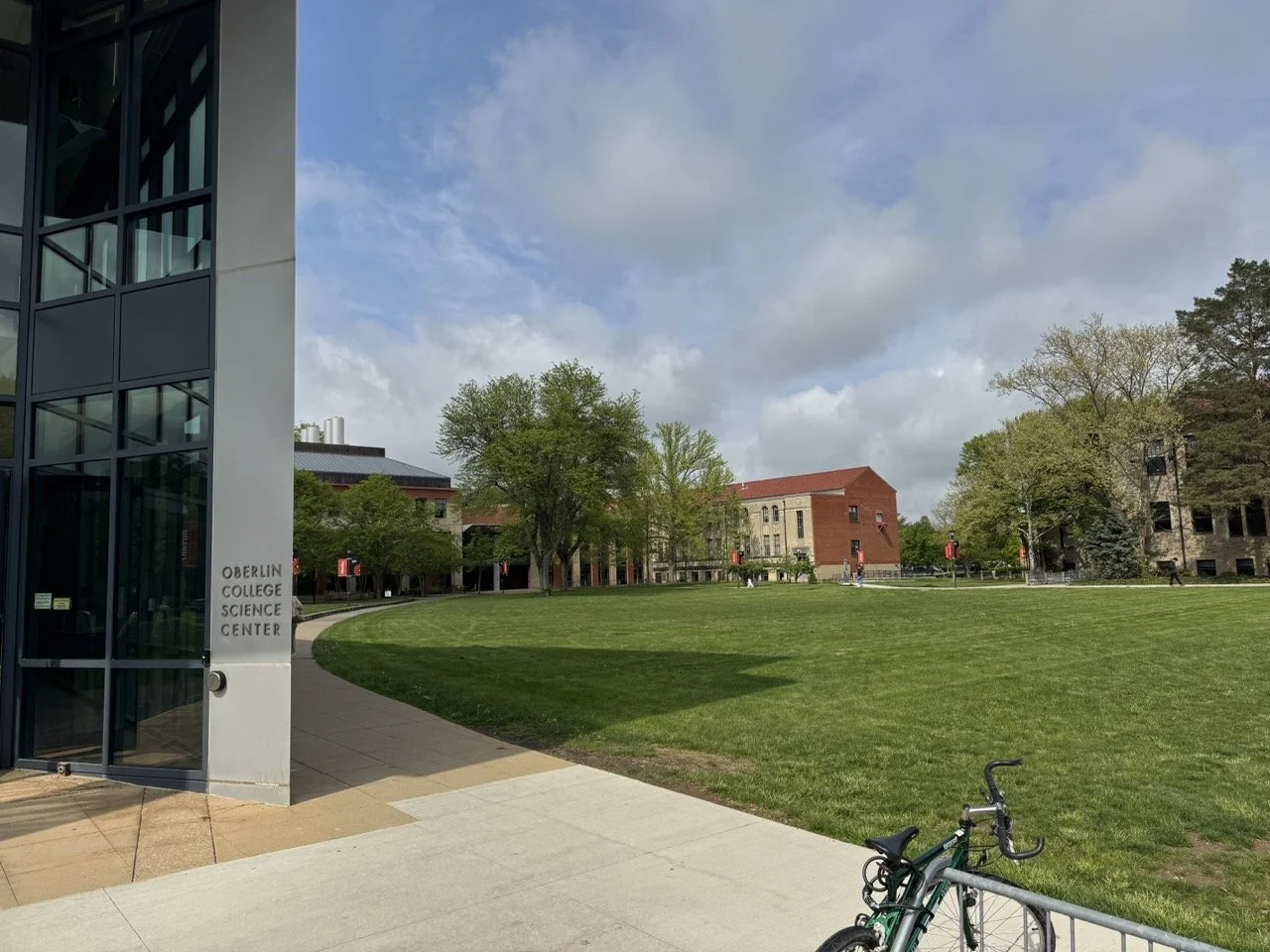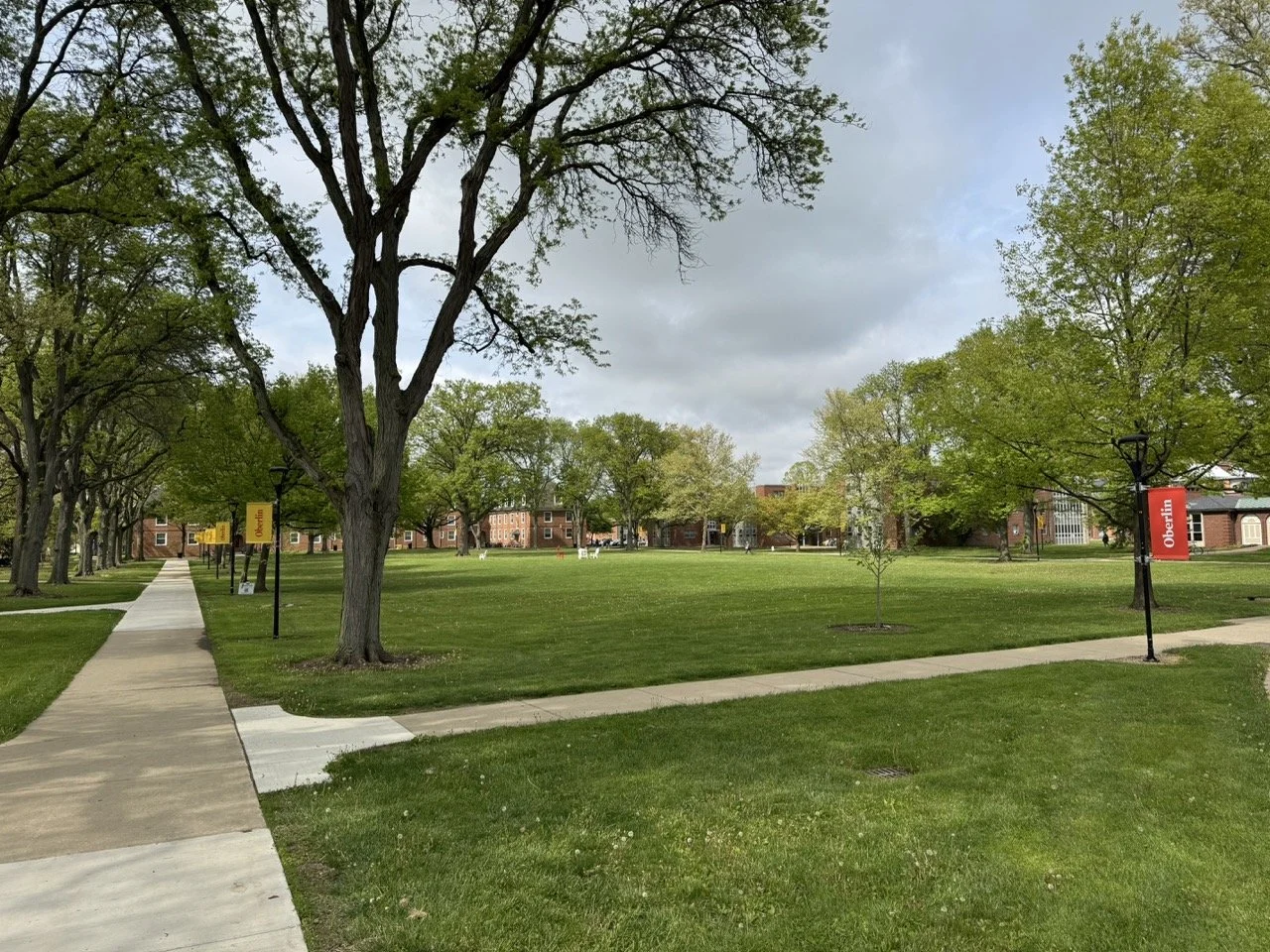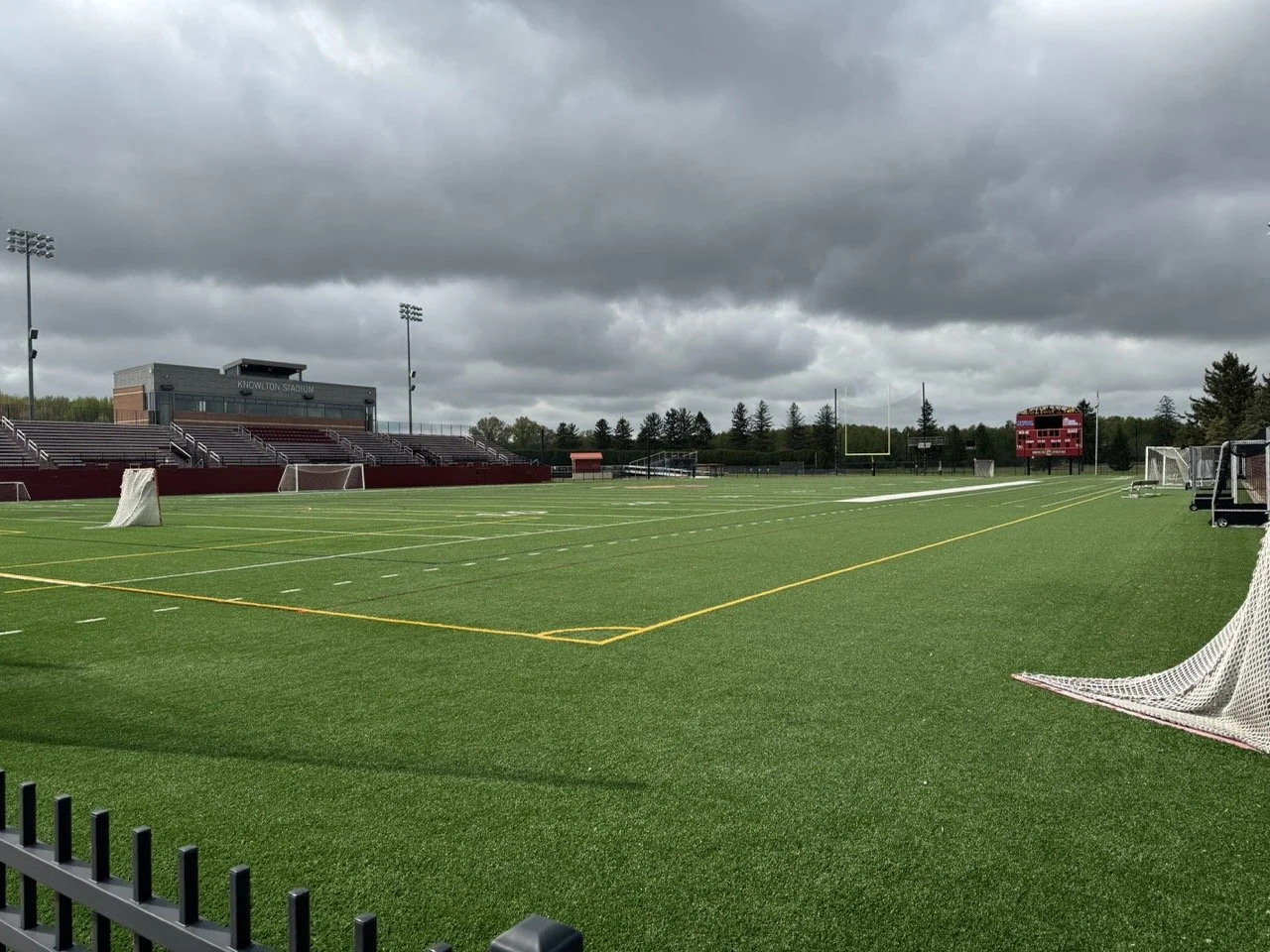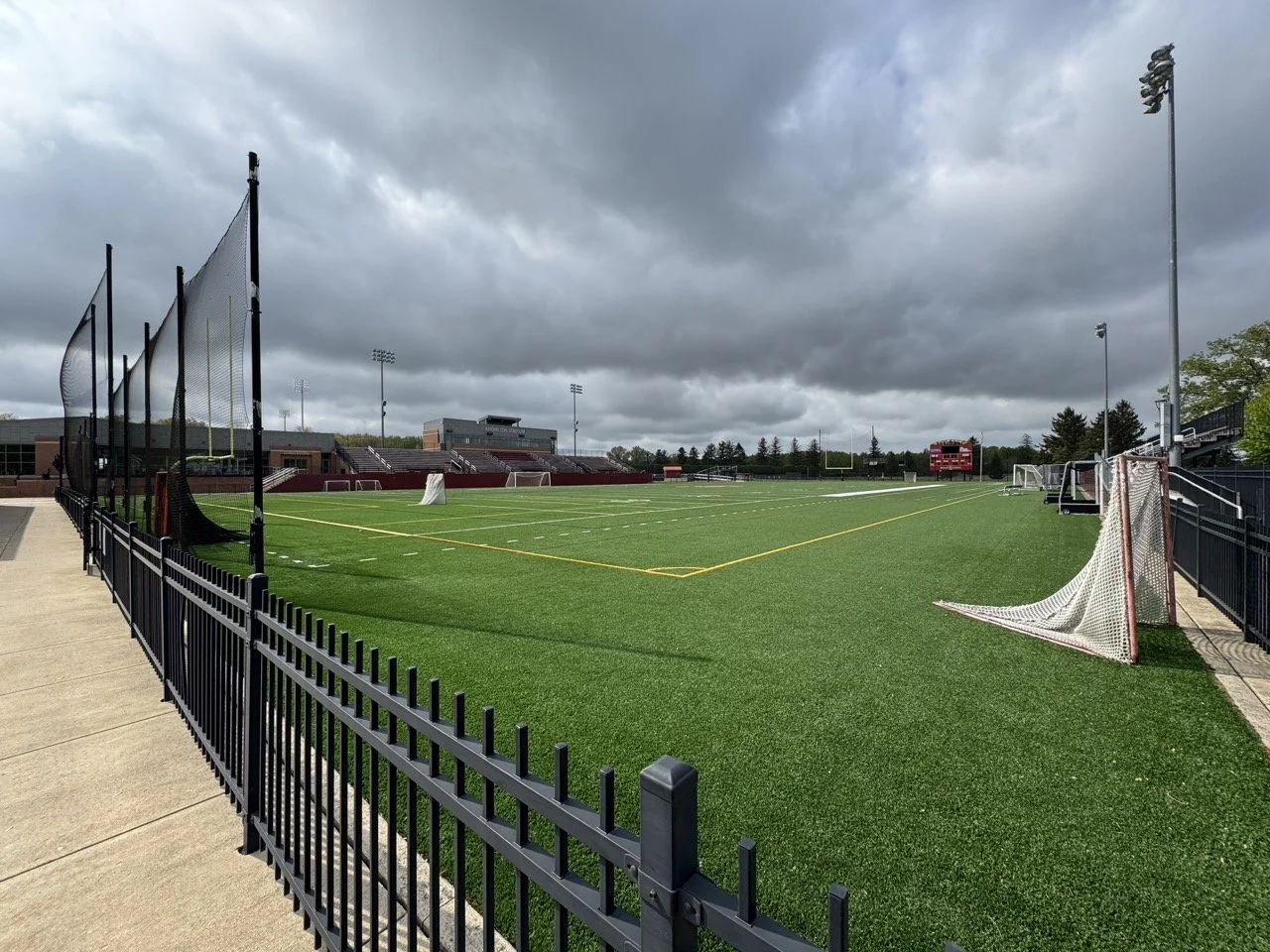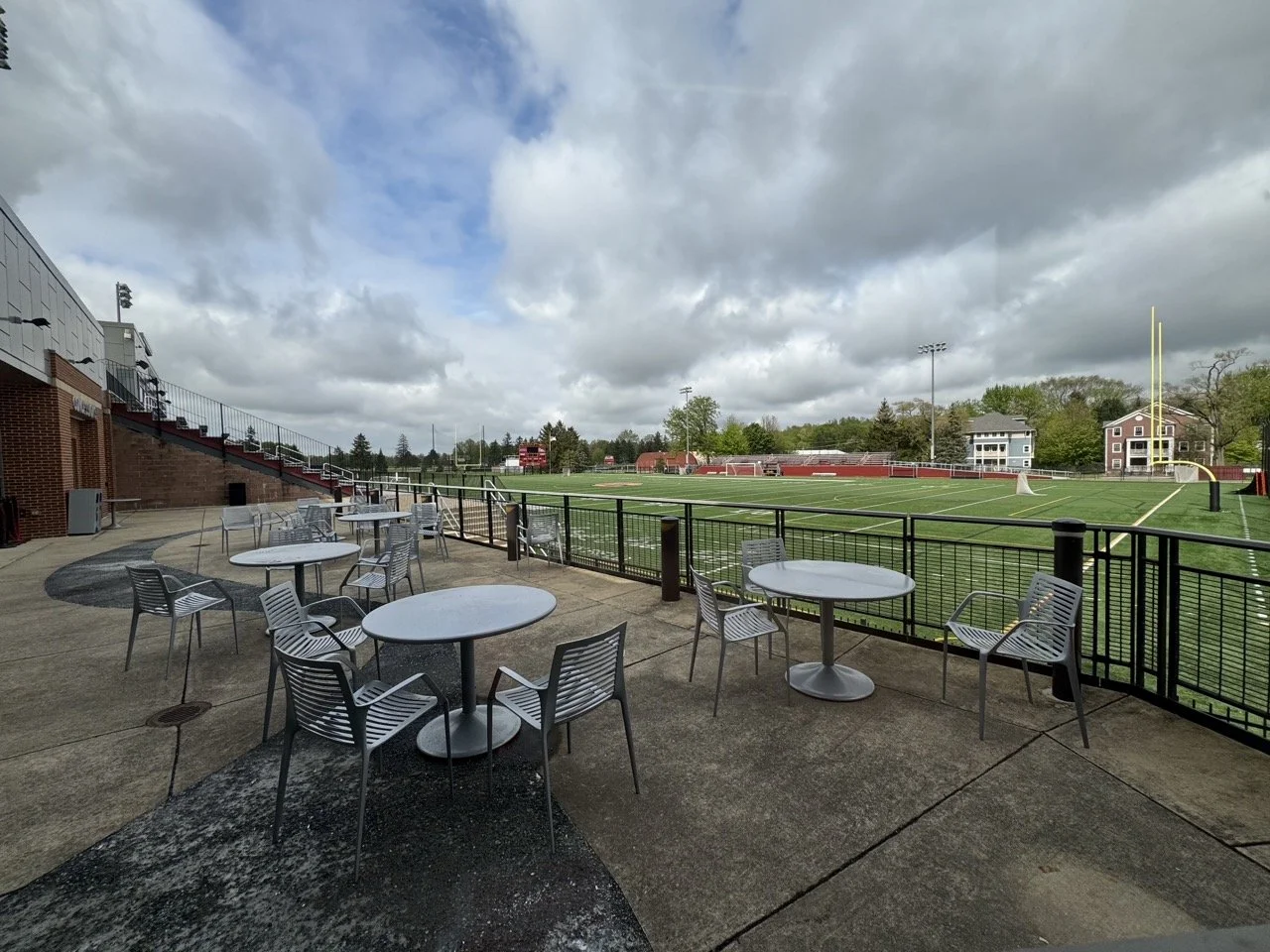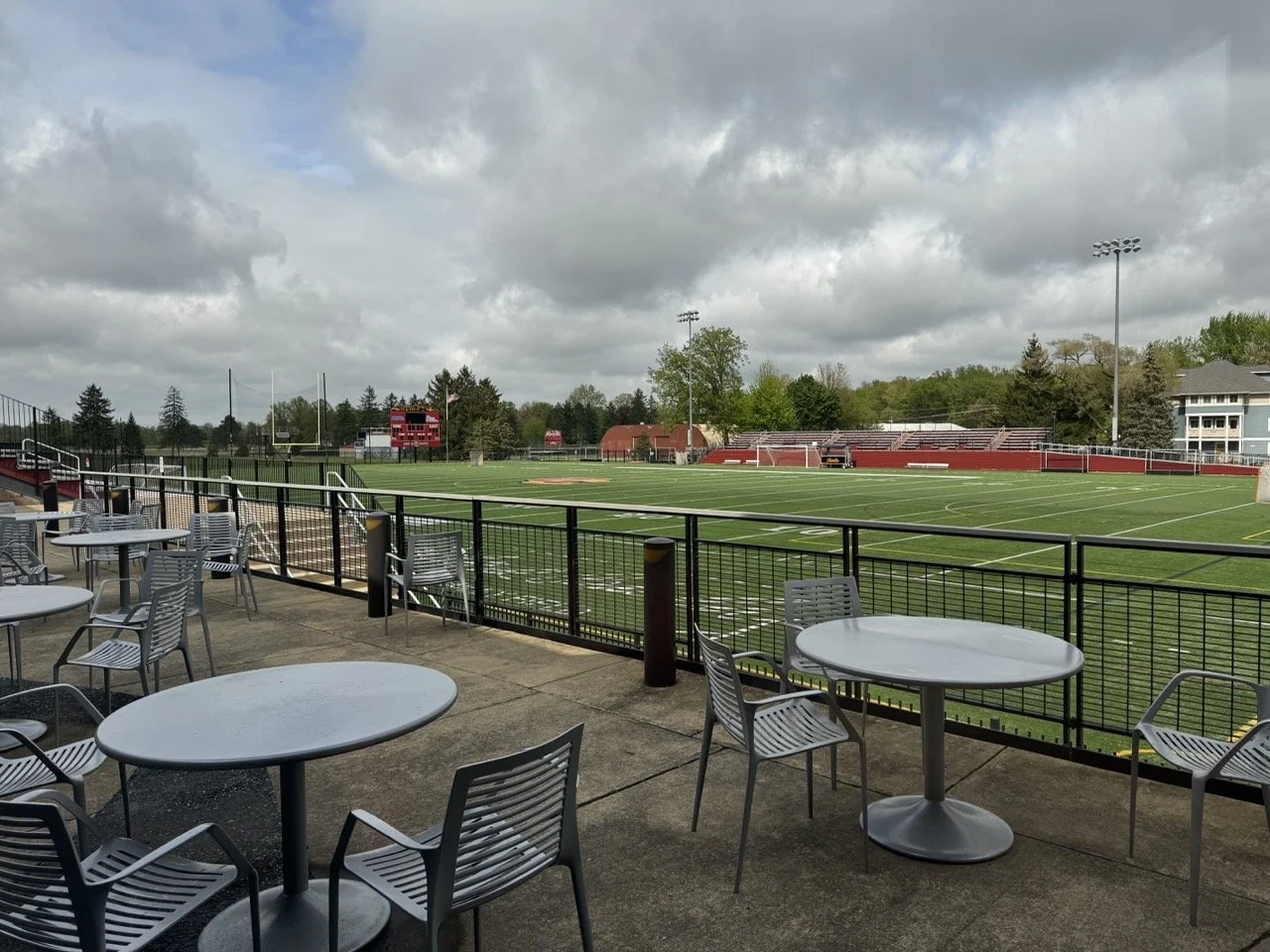Tour Tuesday: Oberlin College
I try to visit 30–50 college campuses each year, and starting now, I’m going to share more of those experiences here on the blog. These posts will include my personal notes, impressions, and images from each stop - some practical, some purely observational. Whether you’re a prospective student, a parent, or just someone who enjoys exploring different college environments, I hope this series gives you a better sense of what these places are really like on the ground!
Oberlin College: Rigor, Creativity, and the Freedom to Explore
Overview
Oberlin College is a place where doing matters as much as thinking. The president often uses the word “rigor”, not to intimidate, but to describe how students are taught to wrestle with complexity - cut things apart, examine them, and rebuild them in new ways.
It’s a school of integrated passions. The Conservatory and the College of Arts & Sciences are not siloed, they’re part of a single, interwoven academic environment. Students in the arts, humanities, sciences, or newly developing areas - like business, data science, and environmental science - all learn in conversation with each other.
There are about 3,000 students total, with around 800 in the Conservatory of Music. The campus has a deeply global and inclusive feel, with a strong record of volunteerism, student activism, and creative work that crosses disciplines.
Quick Look
Location: Oberlin, Ohio – a historic town, rich with activist traditions and arts culture
Students: ~3,000 total; ~800 in the Conservatory
Signature Feature: Conservatory + College integration; high emphasis on independent, creative work and “rigor” across disciplines
Academic Highlights: New majors in business, environmental science, data science, record arts. 5-year BA/BFA dual degree options. integrative concentrations (experiential learning + research)
Student Life & Traditions: Big Parade, Illumination, Monday Sundaes, robust co-op housing, bike co-op, frequent volunteer engagement
Cost & Affordability: ~$68,000 for tuition - on the steeper side - but strong efforts are being made at affordability. scholarships, new majors designed to enhance career readiness, etc.
Who Thrives Here: Students eager to explore lots of interests, who want both artistic and intellectual depth, and like being part of thoughtful, socially conscious communities
Academics & Independent Study
One of the things families will want to know first is how Oberlin supports independent, creative exploration, and how deeply that’s embedded systemically.
Conservatory + College Integration: Oberlin uniquely combines a world-class Conservatory of Music with a rigorous liberal arts college. They’re part of a unified community where students can pursue music, arts, science, humanities, and more, often crossing boundaries.
New Majors & Expanded Options: Oberlin is adding or has recently added majors like Business, Financial Economics, Data Science, Environmental Science, Communication Studies, and Record Arts & Projects. This shows the college is listening to students and the job market and integrating “hard skills” into its signature humanistic ethos. (Where possible, new majors often have rollout considerations.)
Independent Projects & Integrative Concentrations: Oberlin offers integrative concentrations, or structured pathways combining liberal arts learning, experiential learning (internships, research, community projects), and a digital portfolio so students can show off their signature work.
5-Year BA/BFA Program: Students who want serious arts training can do the double-degree program (BA + BFA), especially in the visual, performing, literary, or musical arts. It allows the kind of artistic depth you expect, integrated with liberal arts breadth.
Academic Rigor + Big Picture Thinking: In classes, you will see rigorous attention to complexity - debating, dissecting, reassembling. Students are encouraged to explore intersections (e.g. combining environmental science with art, or music with social policy) so their study reflects who they are and what they care about.
Student Life & Culture
Oberlin feels alive. It’s small enough that individual voices matter; big enough that your student will find peers who share weird, niche, artsy, or activist passions.
Traditions:
Illumination – Lighting of Japanese lanterns around Tappan Square near Commencement. Free, public, and a beautiful blending of music and community.
Big Parade – A collaborative arts festival where students, groups, and community members build floats, perform music, dress up, and parade through town.
Living & Community:
The Oberlin Student Cooperative Association (OSCA) plays a big role on campus: student-run co-ops for housing and dining where students cook, clean, and make decisions together.
Bike Co-op: community sustainability + mobility. Good for students who like to roll around campus and get involved.
Activism & Engagement: You’ll find many students volunteering, organizing, and engaging in civic life. For example, immigration services - helping people prepare for citizenship tests - is a real and regular kind of work here.
Performance & Music Culture: With the Conservatory there, every student has access to music, performances, visiting artists, and concerts. Even those in other majors often find ways to explore the arts.
Athletics & Mascot
Oberlin teams compete as the Yeomen (for men’s teams) and Yeowomen (for women’s teams). The college is in NCAA Division III, in the North Coast Athletic Conference (NCAC).
Men’s sports: Baseball; Basketball; Cross Country; Lacrosse; Soccer; Swimming & Diving; Tennis; Track & Field.
Women’s sports: Basketball; Cross Country; Field Hockey; Lacrosse; Soccer; Softball; Swimming & Diving; Tennis; Track & Field; Volleyball.
The official mascot is Yeobie, an albino squirrel, added in 2014 to join the traditional Yeomen / Yeowomen identity.
The teams still retain the names Yeomen/Yeowomen, which link back to Oberlin’s motto and history (“Learning and Labor”).
The squirrel mascot is beloved by many, has folklore around it (spotting one is considered good luck), and adds a unique, quirky tradition to Oberlin’s athletic culture.
Cost, Access, & Affordability
Oberlin isn’t inexpensive, and many families know that going in. The sticker price is high at $~68,000 tuition, but Oberlin has been working hard to make it more affordable, especially as it expands new majors and offerings intended to increase career readiness.
Some key things families should know:
Strong financial aid and scholarships are available - Oberlin often considers both merit and need.
The new business/hard-skill majors are part of a broader strategy to offer relevant opportunities for students who want both humanities and career-oriented skills.
Programs like integrative concentrations, combined with community engagement, help students graduate not just with knowledge, but with experiences that matter on resumes and in real-world impact.
Campus & Traditions
A few things you’ll want to see or know if you’re visiting:
Tappan Square is the heart of campus. Many traditions (Illumination, Big Parade) happen here. It’s green, historic, and symbolic.
The Allen Memorial Art Museum is free and open to the public, and is used as a teaching museum.
The art Rental program is a big tradition. Students camp out for the first pick of pieces to decorate their rooms, and can take home REAL art from the museum to hang in their dorm room!
Conservatory facilities and performances seem to be everywhere. There’s always a concert, recital, or informal ensemble.
Living spaces: co-ops, themed dorms, and OSCA housing are where social values, sustainability, and collective choice are parts of daily life.
Final Thoughts
Oberlin is a college for students who want more than a degree. They want to craft a life of inquiry, creativity, and impact. If a student alternately thinks in terms of music, data, human rights, ecology, and art - and doesn’t want to pick just one of those but explore where they intersect - then Oberlin is a place that supports that.
Families should know that Oberlin expects dedication. Ot is rigorous. But it’s rigorous in a way that honors passion, curiosity, and social conscience.
For students who thrive when they feel like they’re part of something that matters - who want to learn to think broadly, act locally, and create work that resonates - Oberlin offers a distinctive, powerful path.

